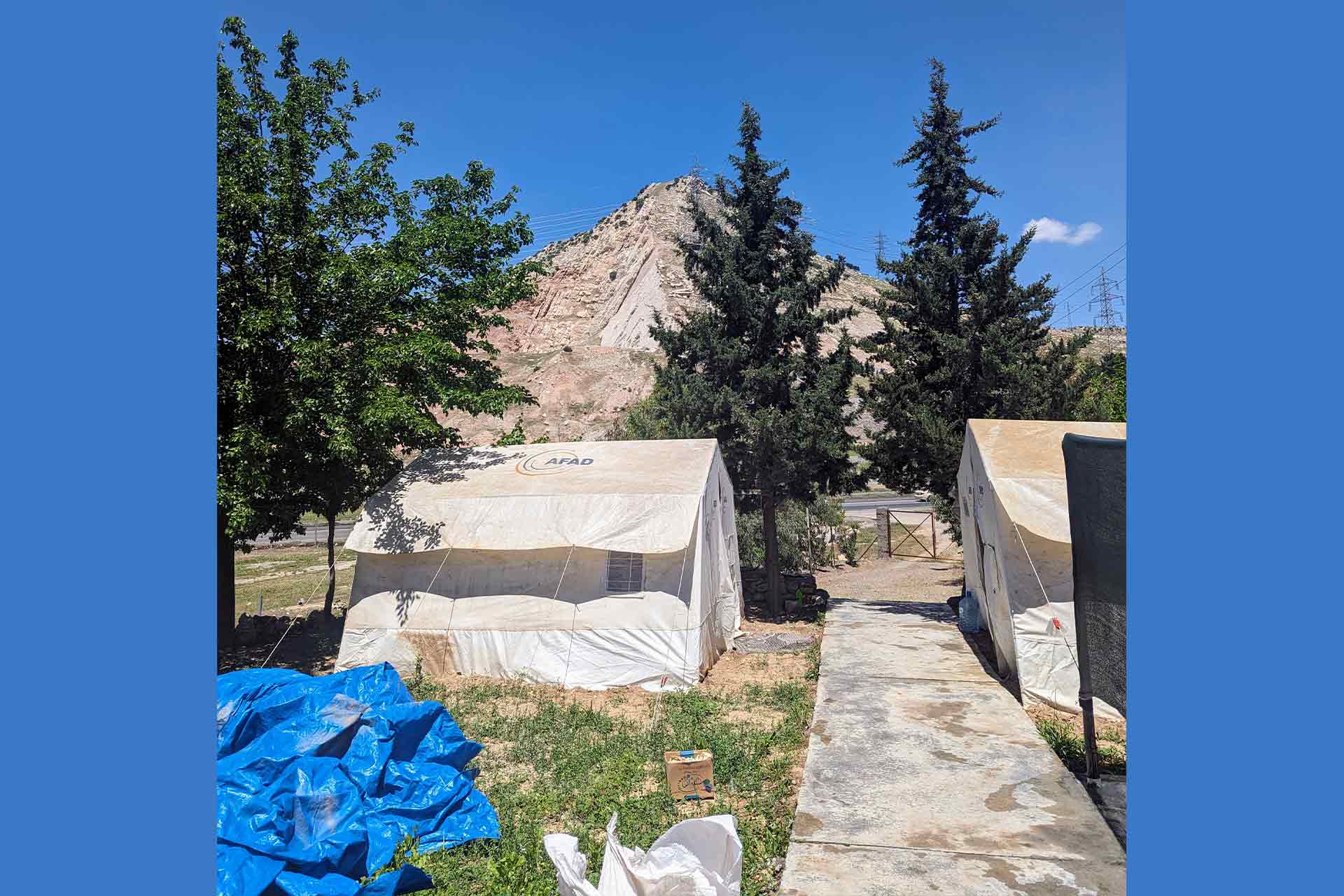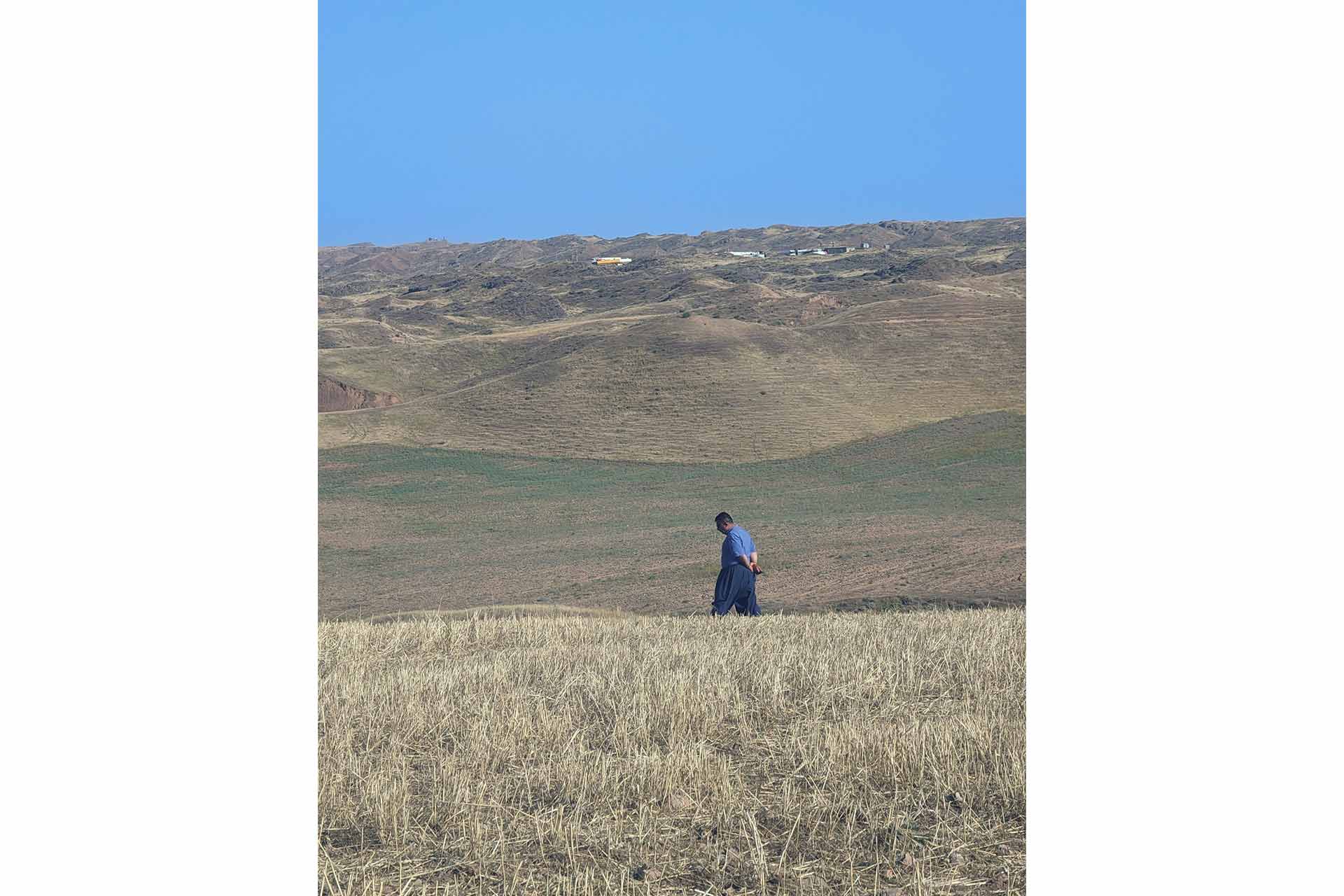
In early May 2024, I embarked on a journey to Iraqi Kurdistan, supported by the Peet Travel Award, to undertake seven weeks of lithic analysis and excavation for my master’s dissertation.
My research focuses on understanding the technological changes reflected in the Zarzian lithic tools from Ashkawta Rash, an Epipalaeolithic cave site located in the foothills of the Zagros Mountain range, under the supervision of Professor Eleni Asouti and Professor Douglas Baird. This work would have been impossible without the opportunity to travel to the region, and I am deeply grateful for the support of the Peet Award.
Over the course of nearly two months, I honed my excavation and analytical skills while immersing myself in the rich archaeological history of the region. From the first excavations in the region by Dorothy Garrod in the 1930s to the pioneering cross-disciplinary studies by the Braidwoods, being the first excavation to employ a scientific, interdisciplinary approach to excavation, which is now the standard in the field. I felt incredibly fortunate to walk in the footsteps of excavations I’d learnt about in class.
View from the door of the Dighouse:

Each day at Ashkawta Rash, I catalogued hundreds of chipped stone artifacts, documenting their typology, raw material, and technological attributes. This process not only helped me understand the technological choices of Zarzian toolmakers but also provided insights into how the site was used over time. As recurring political instability has prevented the region being studied as thoroughly as sites in neighbouring regions such as Anatolia and the Levant, I hope to contribute to a deeper understanding of how Zarzian communities interacted with their environment and neighbouring cultures.
View from the Ashkawta Rash Cave Entrance:

Visiting the site of Jarmo was definitely a trip highlight. The site is important for revealing traces of one of the world’s first village-farming communities being broadly contemporary with other important Neolithic sites such as Jericho in the Southern Levant and Çatalhöyük in Türkiye. Walking around, you can still find obsidian flakes on the sites surface, and the remains of Braidwood’s trenches from the 1950s.
View from Kharaba Qara Chewar, A Proto-Neolithic Open-air site also under investigation by the LastHunter Project:

When I wasn’t busy working, I got a chance to explore the local city of Sulaymaniyah, a vibrant city brimming with culture and history, and enjoy as much as I could in the 40⁰+ heat. We finished up the season during Eid al-Adha, which we celebrated with the Kurdish archaeologists on our team, their warmth and generosity were truly unforgettable. The sense of community and hospitality I experienced was amazing, and it felt like a great way to end the trip.
Reflecting on my time in Iraqi Kurdistan, I feel incredibly grateful for the opportunity to have been part of such a meaningful project. The experience not only allowed me to develop my skills in excavation and lithic analysis but also gave me a deeper understanding of the region’s archaeological significance. Thanks to the support of the Peet Travel Award, I was able to fully immerse myself in this work and connect with a wonderful team of people.
Find out more about funding, including the Peet Travel Award